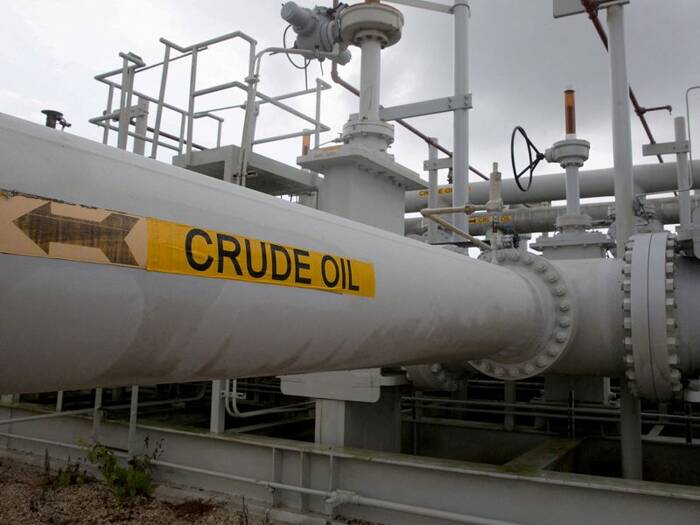China agreed with the United States late last year to release crude from its national strategic reserves around the Lunar New Year holidays, which start on February 1, as part of a plan launched by Washington to reduce world oil prices, sources told Reuters.
China agreed with the United States late last year to release crude from its national strategic reserves around the Lunar New Year holidays, which begin on February 1, as part of a coordinated plan with other major consumers. by Washington to reduce global oil prices, sources told Reuters.
The sources, who are familiar with the talks between the world’s top two oil consumers, said China had agreed in late 2021 to release an unspecified amount of oil depending on price levels.
“China has agreed to release a relatively larger amount if oil is above $85 a barrel, and a smaller volume if oil stays near the $75 level,” a source said, without elaborating.
China’s release of crude stocks will come around the Lunar New Year, the sources said. China will be closed during its biggest holiday of the year, from January 31 to February 6.
China’s National Food and Strategic Reserves Administration did not immediately respond to a request for comment.
The agreed release of reserves by China is the result of a series of negotiations, reported by Reuters in November, that the US government held with other major oil consumers after tight supplies pushed world prices higher. of fuel to multi-year highs.
US President Joe Biden and his top aides have discussed the possibility of a coordinated release of crude stocks with close allies such as Japan, South Korea and India, as well as China.
The United States has made trades and sales of crude from its reserves in recent weeks, while Japan and South Korea have also announced plans to sell crude.
China, which has long kept details of its state reserves secret, last September held the first public auction of crude reserves of some 7.4 million barrels, about half of the country’s daily consumption. .
In November, China’s National Food and Strategic Reserves Administration said it was “working” on a release of crude reserves, but declined to comment on the US request for a coordinated release among buyers.
Oil prices rallied above $80 a barrel this week on the back of supply disruptions in Libya and Kazakhstan, US crude inventories falling to their lowest level since 2018, and an improving outlook. of fuel demand in Europe, as countries in the region relax their restrictions in the face of COVID-19. [OR]
Benchmark Brent crude futures were trading at $84.79 a barrel and US crude (West Texas Intermediate) at $82.23 a barrel by 0730 GMT.

